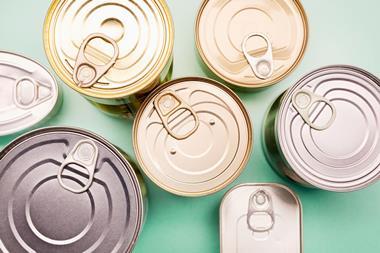Letting Nature do the hard work in preparing complex structures for microdevices is looking more likely thanks to a team of materials scientists from Ohio State University and the Georgia Institute of Technology, US.
Letting Nature do the hard work in preparing complex structures for microdevices is looking more likely thanks to a team of materials scientists from Ohio State University and the Georgia Institute of Technology, US.
Single-celled aquatic algae assemble complex silica nanomaterials (frustules) with unique 3-D shapes and fine features; titanium dioxide is technologically more useful so Kenneth Sandhage and his colleagues have replaced the silicon with titanium to give complex titania nanomaterials. They heated the frustules with TiF4 (to replace the silicon with titanium) and then oxygen (to generate the oxide) and produced titania species which retained the intricate 3-D structure of the original silica materials.
Sandhage comments that, using this process, ’the attractive characteristics of biology (direct, massively-parallel self assembly of intricate 3-D structures) can be coupled with those of synthetic chemistry (low temperature processing of complex, functional chemistries) to yield enormous numbers of 3-D microdevices with precise shapes and tailored properties’.
Caroline Evans
References
R R Unocic et al, Chem. Commun., 2004, 796 <MAN>b400599f</MAN>






No comments yet